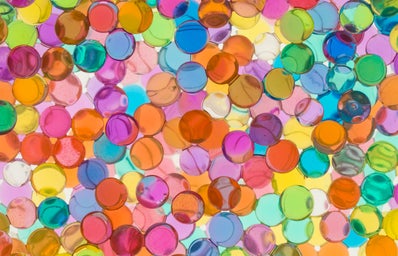After spending last summer interning for Vintage Earth and Soul Sisters Creations — a non-profit resale shop that sells upcycled items — I fell irrevocably in love with the interior design of shabby chic. This is when furniture has purposeful distress marks on its wood to give it a vintage vibe. Here’s a step-by-step guide on how to shabby chic furniture of your own!
Before You Begin
Before you begin your masterpiece, here are some precautionary measures to ensure you aren’t left high and dry during the middle of your project.
Items You’ll Need:
-
Tarp
-
Acrylic Paint (ACE Hardware sells sample sizes for $3.99)
-
Sand paper, sanding sponges, electric sander
-
Stencils (Michael’s, Jo-Ann’s)
-
Paint sponge and clear Scotch tape
-
Paint brushes (different sizes and types)
-
Plaster of Paris or pre-mixed chalk paint
-
Non-colored furniture wax (Beeswax)
Look at Inspo for a Theme and Scheme
This is where Pinterest and Instagram come in handy! If you enter in any keywords relating to “shabby chic” or “distressed furniture,” thousands of suggestions will show up. Then, decide on the kind of look you want to go for (in my case, I knew I wanted Japanese Cherry Blossoms). You will need about 2-3 different shades of paint for your project — a base color that will cover the entirety of your wood (which calls for at least a quart of paint) and then 1-3 accenting colors to help accentuate the distress marks you’ll make (you won’t need more than a sample size of these colors).
Step-by-Step Guide
1. Know your wood
Before you paint, know which kind of wood you plan on shabbying. Some types of wood need to be sanded down before you paint.
2. Take out the drawers and temporarily unscrew any knobs or handles
Fun Fact: You can actually paint the knobs and screws different colors with acrylic paint!
3. Lay tarp down
Thoroughly check the surrounding area for any items that you wouldn’t want to get paint on.
4. Get your base chalk paint with your primary color ready
You can make your own by mixing paint with Plaster of Paris until it becomes chunky. You can also buy chalk paint pre-made at Michael’s.Try to keep this base layer thin because the more paint you add to your surface, the more difficult it will be to sand in distress marks.
5. Let this layer dry
6. Dry brush
Then apply short, light strokes of your secondary distress colors where you think you want to distress your furniture.
7. Let this layer dry
8. Sand
Using sandpaper, make deliberate distress marks throughout your furniture. Some people prefer more distress while others prefer less.
9. Add further design
Any craft store will carry decorative stencils to enhance your project. Tape down the stencil with your Scotch tape so it doesn’t move while you’re working. Lightly dab the applicator paint with a foam poly brush before removing the stencil, or else it will smear.
All photos by Rachel Brauer

